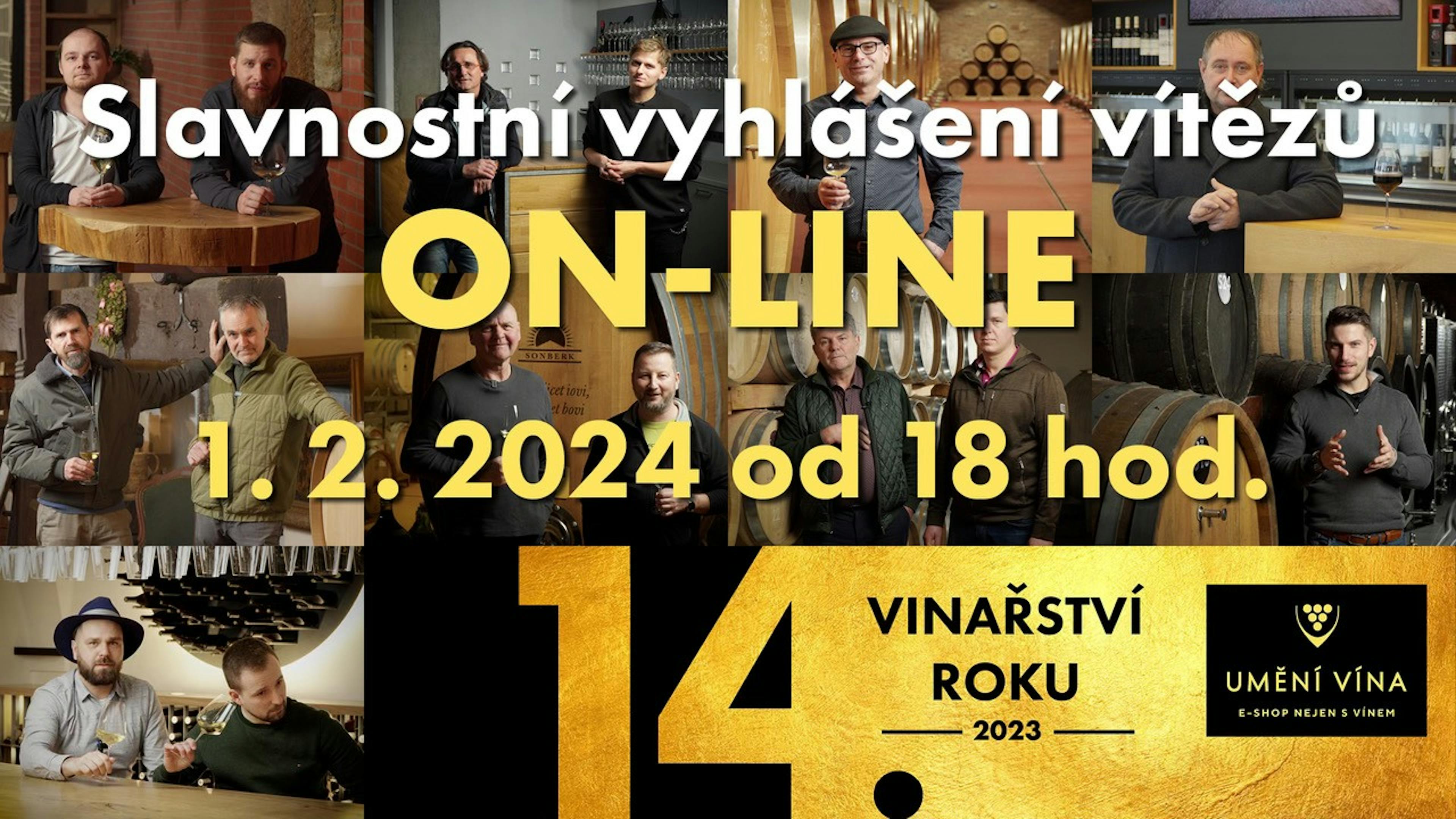Strážnice wine trail
Characteristics of the trail
Largely flat track and only rising in the foothills of the White Carpathians and in some stretches of the hilly area around Hluk.
Length: 101 kilometers
Surface: 80% 3rd class roads, 20% paved or grass-covered field paths
Max. altitude: 150 m
Passability:Most of the way it is passable all year round, although the grass-covered and unpaved paths can be wet and accessible only by mountain bike
Signposting: The colour of the Strážnice wine route is the same blue as the frontage of the local press houses referred to as “búdy”
Starting points: Bzenec, Strážnice, Uherský Ostroh, Veselí nad Moravou
Railway stations along the trail: Bzenec, Strážnice, Uherský Ostroh, Veselí nad Moravou
Characteristics of the trail
The route of the Strážnice wine trail leads partly through the Lower Moravian depression, reaching the foothills of the White Carpathians in the east. The longest stretch of the path is through the rolling hills of the Hluk highlands. Winding and over 100 kilometres long, the trail covers a large territory whose westernmost boundary is formed by Bzenec and Rohatec, while in the east it reaches as far as Boršice and Hluk. The rich branching of this trail ensures a connection with the Podluží wine trail and the cycle paths leading to what were once the Bzenec and Uherské Hradiště wine regions. The remaining part of the trail leads along peaceful 3rd class roads, while an interesting stretch of terrain is along the edge of the nature reservation of Kobylí hlava (Mare’s Head) south of Hluk. In view of the length of the trail and the copious offer of viticulural and cultural experiences along the way you should definitely allow two days to complete the entire circuit.
Wine region
The most easterly part of Slovácko (Moravian Slovakia) lies on the foothills of the White Carpathians and the vineyard tracks are distinct from those of other wine sub-regions in that many vineyards here are planted on heavy soils. These soil conditions developed from the original clay and give to the wine a higher extract and ample taste. All the Burgundian varieties are well-suited to such conditions along with the Sylvaner grape variety. In locations where the soil is stony and somewhat warmer, Riesling becomes a typical variety with its nose redolent with lime flowers. And it is exactly the harmonious marriage of different grapes of this, the most cultivated variety here, that created the highly prized brand called Blatnický Roháč. Black grapes are grown to a lesser extent, predominantly Blauer Portugieser and Blaufränkisch (a.k.a. Lemberger). The northerly situated slopes however often give harsh red wines with a high acidity. The administrative wine centre has always been the town of Strážnice on which wine laws were already bestowed by Petr of Kravaře as early as 1417.
 Points of interest and tourist attractions along the trail
Points of interest and tourist attractions along the trail
There is plenty to interest anyone in the town of Strážnice. Let us mention the Jewish cemetery, the Neo-Renaissance chateau with its exhibits, the Church of the Assumption of the Virgin Mary and the Church of Saint Martin. Also worth a visit is the Museum of villages of south-east Moravia – the open-air museum of folk buildings which includes a “wine village” put up from vineyard buildings gathered from across the whole of Slovácko. The village of Tvarožná Lhota, where there is a museum of sorb apples and an area on the Travičná hill with an observation tower, a herdsman’s hut, a small museum of regional timbered buildings, and an ecological and educational path and arboretum.
The wine commune of Blatnice pod svatým Antonínkem has its protected conservation area of listed one-storeyed press houses and wine cellars close to the vineyard track of Stará Hora. In the village stands the Church of Saint Andrew with an altar painting of the saint from the painter Joža Úprka and on the hill of Saint Anthony stands the pilgrims’ chapel of Saint Anthony dating from 1668. In Blatnice ask about the wine called Blatnický Roháč, a blend of Sylvaner and Pinot Blanc. This brand of wine gained fame for the village in 1890, when it brought home a gold medal from the Exposition Universelle of Paris.
 The village of Petrov – the listed conservation area of the historical wine cellars of Plže.
The village of Petrov – the listed conservation area of the historical wine cellars of Plže.
Veselí nad Moravou, a town with a rich history and a host of monuments. Here you can visit the original renaissance chateau which was built in the empire style in the 19th century and an English park in the surrounding area planted with exotic trees and shrubs. An electricity power station from the beginning of the 20th century stands on the River Morava complete with its original furnishings. The power station is a protected technical building.
Bzenec is a wine village which was made famous through its brand-name wine Bzenecká Lipka (Bzenec Lime-Tree), a blend of Rieslings all coming from Bzenec vineyard tracks. In the town is a Municipal Museum with exhibitions presenting the town’s history, traditions and naturally enough its vini-viticulture. The museum is located on the first floor of the library building in the street of King Vladislav. Collections from the original museum association were installed in three rooms here, which have been completed by new exhibits from later years.
More on the Strážnice wine trail can be found on: www.stezky.cz.



